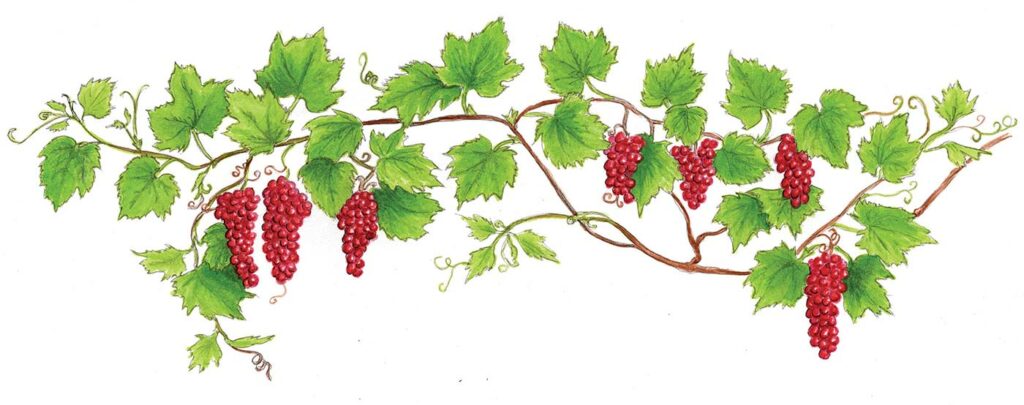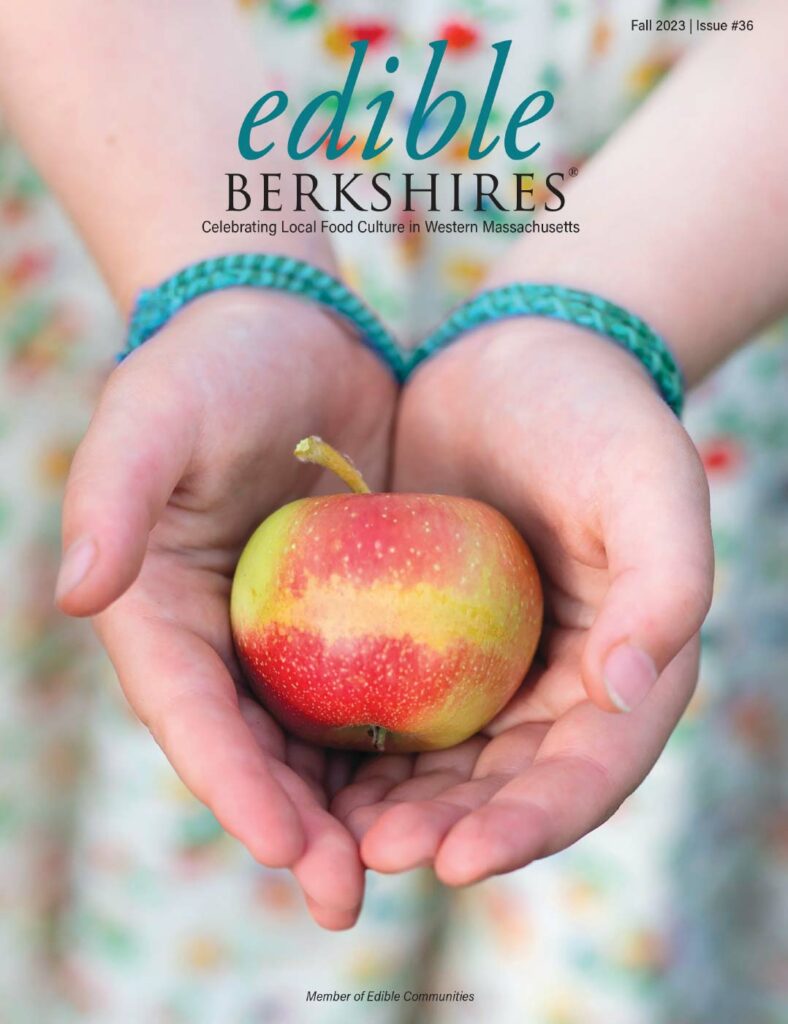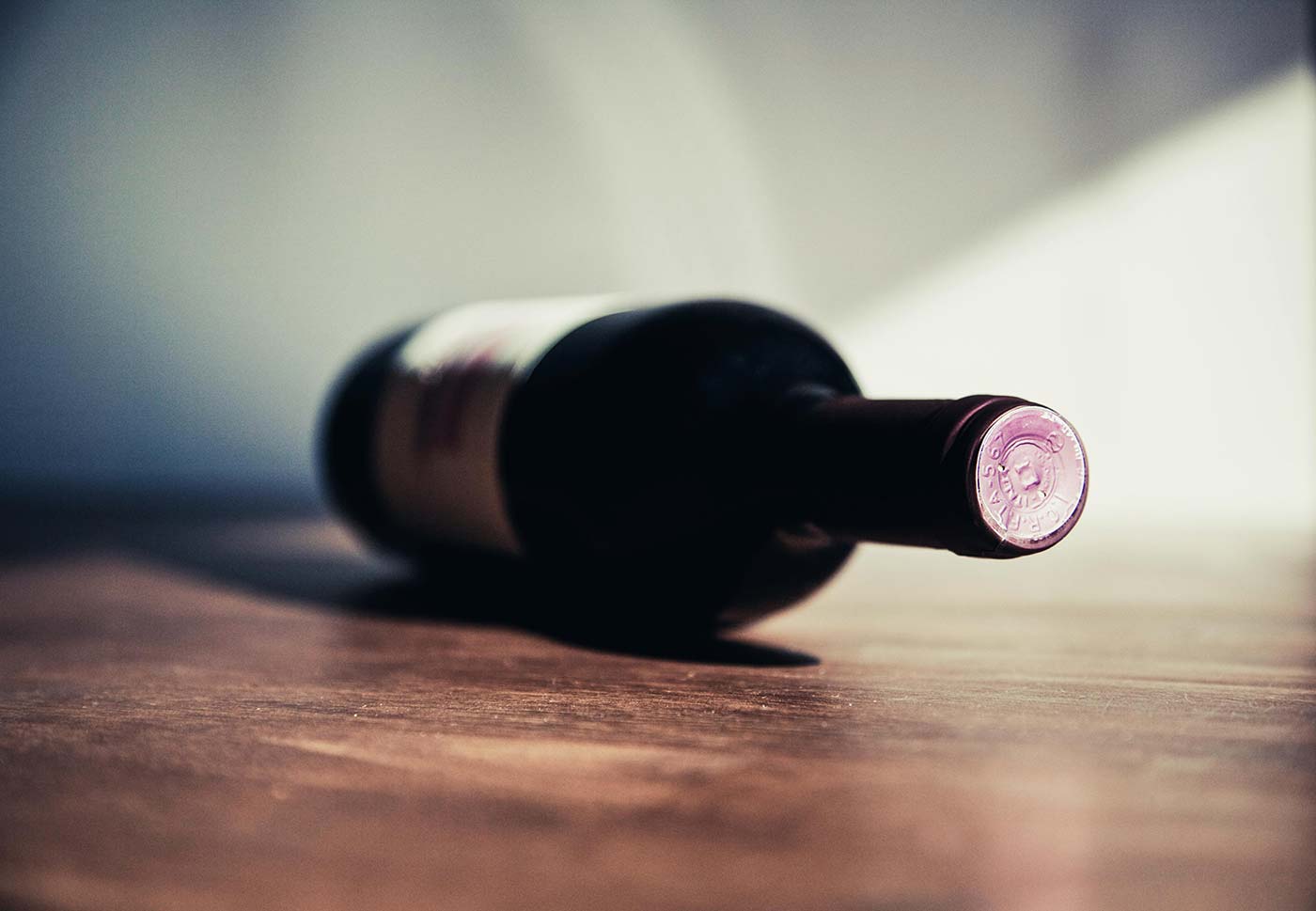
A question I’m often asked is: “Why don’t some winemakers mention the grape on the label?” Indeed, with few exceptions, most traditional European wine labels specify the region (like Bourgogne or Rioja), the village (Chablis or Montepulciano), or the style (Chianti or crémant), but rarely list the grape (Chardonnay, Pinot Noir, Merlot, etc.).
The simple answer is that multiple factors, beyond the grape, play a significant role in defining the wine in your glass, and all are encapsulated by the French word terroir (pronounced tare-wah). Loosely translated, “terroir” means a wine’s roots—where it’s from. Terroir is crucial in shaping a wine’s personality, as it combines not only the physical attributes of a region—such as soil, elevation, or climate— but also the unique culture of the people that live in the region, including the traditions and skills of the winemakers.
While covering all these elements in detail would require a lengthy dissertation, for this column, I will just explore three key aspects of terroir with examples from France, Napa Valley in the U.S., and Germany.
THE GRAVELS OF MÉDOC
The left bank of the Gironde estuary, the Médoc region, near Bordeaux, France, seems tailor made for growing Cabernet Sauvignon with its gravelly soil, mild winters, warm summers, light breezes from the Atlantic, and rain throughout the year.
The Garonne river is a major part of the history and culture of Bordeaux and provided an important transportation route for people and goods as early as the Roman Empire. By the Middle Ages, Bordeaux had become one of Europe’s most important ports, and the river estuary, the Gironde, was essential for exporting wine. Originating in the Val d’Aran valley on the Spanish side of the Pyrenees, the Garonne rushes toward the Atlantic for over 330 miles, gathering and polishing rock and gravel along its journey. As it reaches the Atlantic Ocean, the river slows and meanders, depositing larger rocks and gravel on its left bank while smaller stones and sand settle on the right bank.
These contrasting deposits on either side of the Gironde estuary create two distinct Bordeaux terroirs. The rock and gravel on the left bank absorb heat from the sun during the day and release it at night, enveloping the vineyards in warmth long after sunset. This extended warmth is ideal for cultivating the thick-skinned, slow-maturing Cabernet Sauvignon, allowing it to reach its full potential and character. This beautifully harmonious relationship between grapes and soil results in the bold, tannic, and complex Cabernet Sauvignon– based blends of Médoc and Graves.
In contrast, Merlot flourishes in the clay and limestone of the right bank, producing the smooth, medium-tannin, and medium-bodied Libournais red wines, such as those from Pomerol and Saint-Émilion. My suggestion: Not all Bordeaux wines are the same! Right bank or left bank, Médoc or Libournais, Cabernet or Merlot, there is a Bordeaux wine that is right for you.
THE ROLLING HILLS OF NAPA VALLEY
When a vineyard is stressed by a challenging environment with limited resources, it often produces grapes with more intense flavors and results in red wines with higher tannin levels. For example, let’s compare Cabernet Sauvignons from two distinct areas in Napa Valley.
Napa Valley, located in California, between the Mayacamas and Vaca Mountains, is a famous tourist destination known for its stunning landscapes and top-notch restaurants. It is also one of the world’s most renowned wine regions, celebrated for its diverse topography and exceptional Cabernet Sauvignons. The valley is divided into 16 official wine-growing regions, known as American Viticultural Areas (AVAs), each with its own unique microclimate.
One of Napa Valley’s AVAs, Rutherford, lies on the mostly flat, low-elevation (under 500 feet) floor of the central valley, in the historic Rancho Caymus land grant. Its deep, fertile alluvial soil, ample irrigation, and abundant sunlight create ideal growing conditions.
Local growers have mastered the “Rutherford Dust,” a combination of sandy soil, morning fog, and abundant sunlight, to produce high-quality Cabernet Sauvignons. These wines are often described as “fruit forward,” with smooth, velvety tannins.
In contrast, just 15 miles away, the Howell Mountain AVA is situated at high elevations, with vineyards reaching up to 2,500 feet above sea level, and sits above the fog line. Its rocky and nutrient-poor soil, the significant temperature swings between day and night, and the exposure to higher UV levels put tremendous stress on the vines, resulting in small, thick-skinned Cabernet Sauvignon berries with concentrated color and tannins. These grapes produce highly tannic, dark and muscular wines with intense aromas of plums and black cherry, and a strong mineral character that will age beautifully.
My suggestion: I always enjoy drinking side by side two wines from adjacent regions. I am often intrigued and surprised, and I propose you do the same: Gather a few friends, pour a glass of Cabernet from Rutherford, a glass of Cabernet from Howell Mountains, and enjoy the discussion.
THE TALENTED PEOPLE OF THE MOSEL VALLEY
While we’ve explored two natural influences on terroir, we must also recognize the essential role of people, and the knowledge passed down through generations. Terroir wouldn’t exist without those who understand and care for it.
A remarkable example of this tradition is found in the Rhineland- Palatinate region of western Germany. In the Mosel Valley, one of the northernmost commercial wine-producing areas in the world, growers face many unique challenges. Yet, they meet these challenges with creativity, skill, and resilience.
The first challenge in the Mosel Valley is sun exposure. This region experiences long, cold, and rainy winters and short growing seasons. To maximize sunlight, vintners plant vines on south-facing slopes, space them farther apart than usual, and use specialized canopy- pruning techniques. These methods optimize light exposure while protecting the grapes from the frequent morning frosts. Hand pruning, which remains the norm, is a labor-intensive task that can take large estates several weeks to complete.
Another challenge is erosion. The valley’s steep slopes—some with gradients up to 70 degrees—regularly cause topsoil to be washed away by storms, with little water absorbed by the soil. One solution is the costly terracing of slopes, which reduces soil erosion, improves water retention, and makes maintenance easier. Another method is to anchor grape vines with a complex system of deep wooden or steel rods and metal-wire trellises. Additionally, cover crops are often planted between vine rows to help stabilize the soil, reduce erosion, and promote biodiversity.
A third challenge is harvesting, which is both dangerous and complicated due to the steep slopes, where tractors cannot be used. It’s common to see teams of workers secured with ropes as they carry out this labor-intensive process. Furthermore, the often uneven ripening of the grapes requires multiple passes through the vineyard, with workers carefully handpicking only the ripest and best-quality fruit.
My suggestion: It is often said that from the first sip, one can feel the love, care, and pride a vintner puts into making the wine. If you haven’t yet done so, take the time to experience the satisfactory complexity of the wonderful Rieslings from the Mosel Valley!
Through these few examples, you see that “Terroir” is critical to the wine you drink. So, let’s raise a toast to the craft and traditions of terroir in the glass!
Cheers!







